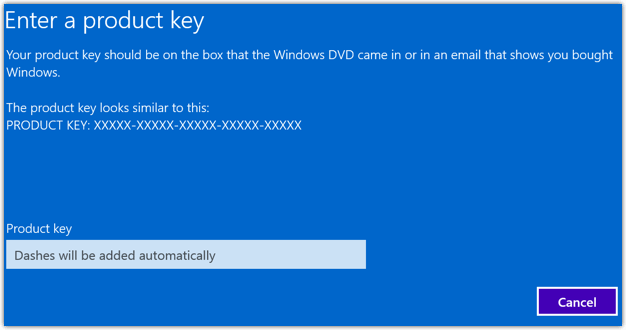Πολλοί από αυτούς που εγκατέστησαν το τελευταίο build των Windows 10 από κάποιο ανεπίσημο ISO, δεν μπορούν να το ενεργοποιήσουν. Αυτό οφείλεται στο γεγονός ότι η Microsoft έχει απενεργοποιήσει την online activation from the release of Windows 10 build 10240 onwards.
Disabling it services will last until the end of July 2015.
If you are one of those who are experiencing the same problem after installing Window 10 build 10240, here are some simple steps to do this without having to use third-party tools and cracks of dubious origin.
How to Enable Windows 10 build 10240
Open a command-line window as an administrator.
To do so type in search του start cmd.exe. Στο εικονίδιο που θα σας εμφανιστεί στα αποτελέσματα της αναζήτησης, κάντε δεξί κλικ και επιλέξτε "Ανοιγμα σαν διαχειριστής"
In the window that opens, type the following command and press the Enter key:
slmgr /ipk W269N-WFGWX-YVC9B-4J6C9-T83GX
Wait until a popup appears stating that the key has been installed.
Then type the following command and press enter
slmgr / SKMS kms.xspace.in
Again, wait for the popup
Finally, type the following command:
slmgr / ato
After you press the Enter key, Windows 10 build 10240 will be activated.
Activation is not permanent, but it will give you the opportunity to explore the new operating system until the Microsoft activation service works. The activation you performed with the above commands will be lost with the next installation.
Upgrading Windows to 29 July will allow you to properly activate your operating system after Microsoft's service will work properly.






